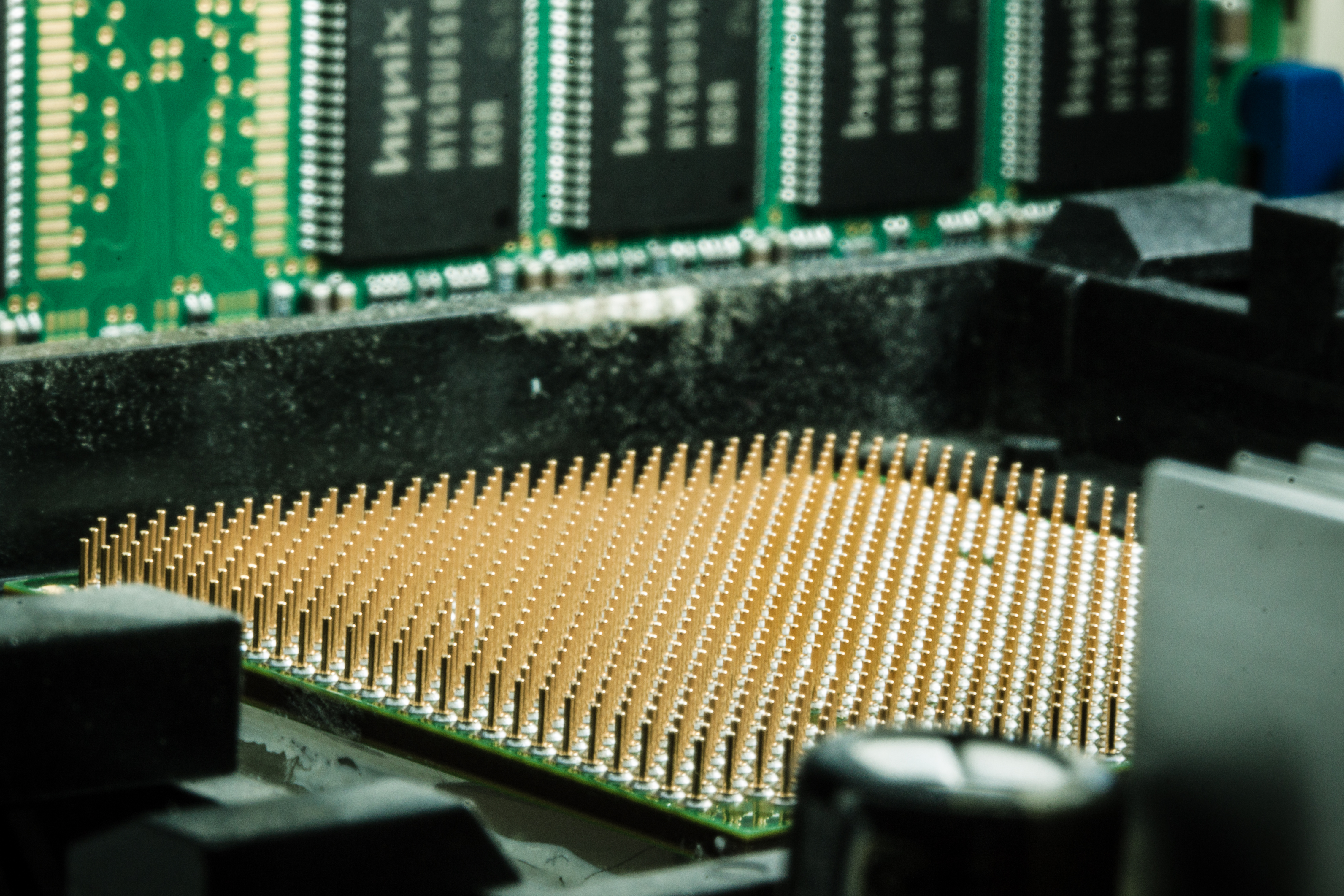 Haiper, a new AI video startup, has recently emerged from stealth with $13.8 million in seed funding from Octopus Ventures. Founded by former researchers at Google’s Deepmind, Haiper aims to compete with other AI video platforms such as Runway and Pika Labs. Currently, Haiper offers a web platform where users can generate high-quality videos from text prompts or animate existing images. The platform allows users to create videos in both SD and HD quality, although the length for HD content is limited to two seconds. The platform also provides tools to upload and animate existing images or repaint videos with a text prompt.
Haiper, a new AI video startup, has recently emerged from stealth with $13.8 million in seed funding from Octopus Ventures. Founded by former researchers at Google’s Deepmind, Haiper aims to compete with other AI video platforms such as Runway and Pika Labs. Currently, Haiper offers a web platform where users can generate high-quality videos from text prompts or animate existing images. The platform allows users to create videos in both SD and HD quality, although the length for HD content is limited to two seconds. The platform also provides tools to upload and animate existing images or repaint videos with a text prompt.
However, early tests have shown that Haiper’s output still lags behind what OpenAI’s Sora can offer. HD videos generated by Haiper are more consistent, but the lower-quality videos often have issues such as blurriness and subject distortion. Furthermore, Haiper does not currently have the capability to extend video generations like Runway does, but the company plans to launch this feature soon.
Despite these limitations, Haiper believes that its platform and proprietary visual foundation model can cater to a wide range of use cases, from individual content creation for social media to business-centric applications. The company has not shared any information about its commercialization plan and continues to offer its technology for free.
With the recent funding, Haiper plans to scale its infrastructure and improve its product. The ultimate goal is to build an artificial general intelligence (AGI) with comprehensive perceptual abilities. Haiper intends to release a series of large trained models based on user feedback in the coming months to enhance the quality of AI video outputs. The company aims to bridge the gap between rival offerings in the market and enhance the models’ understanding of the world. This will involve replicating the emotional and physical elements of reality, including light, motion, texture, and interactions between objects, to create true-to-life content.
Haiper’s CEO, Yishu Miao, stated that their end goal is to build an AGI that can deeply understand the physics of the world and replicate the essence of reality in the videos it generates. This advancement in AI technology has the potential to assist with creativity and storytelling. Haiper expects that its technology, with its next-generation perceptual capabilities, will have applications beyond content creation, including in robotics and transportation.
Overall, Haiper’s ambitions to develop an AGI with comprehensive perceptual abilities make it an interesting company to watch in the rapidly growing AI domain.

